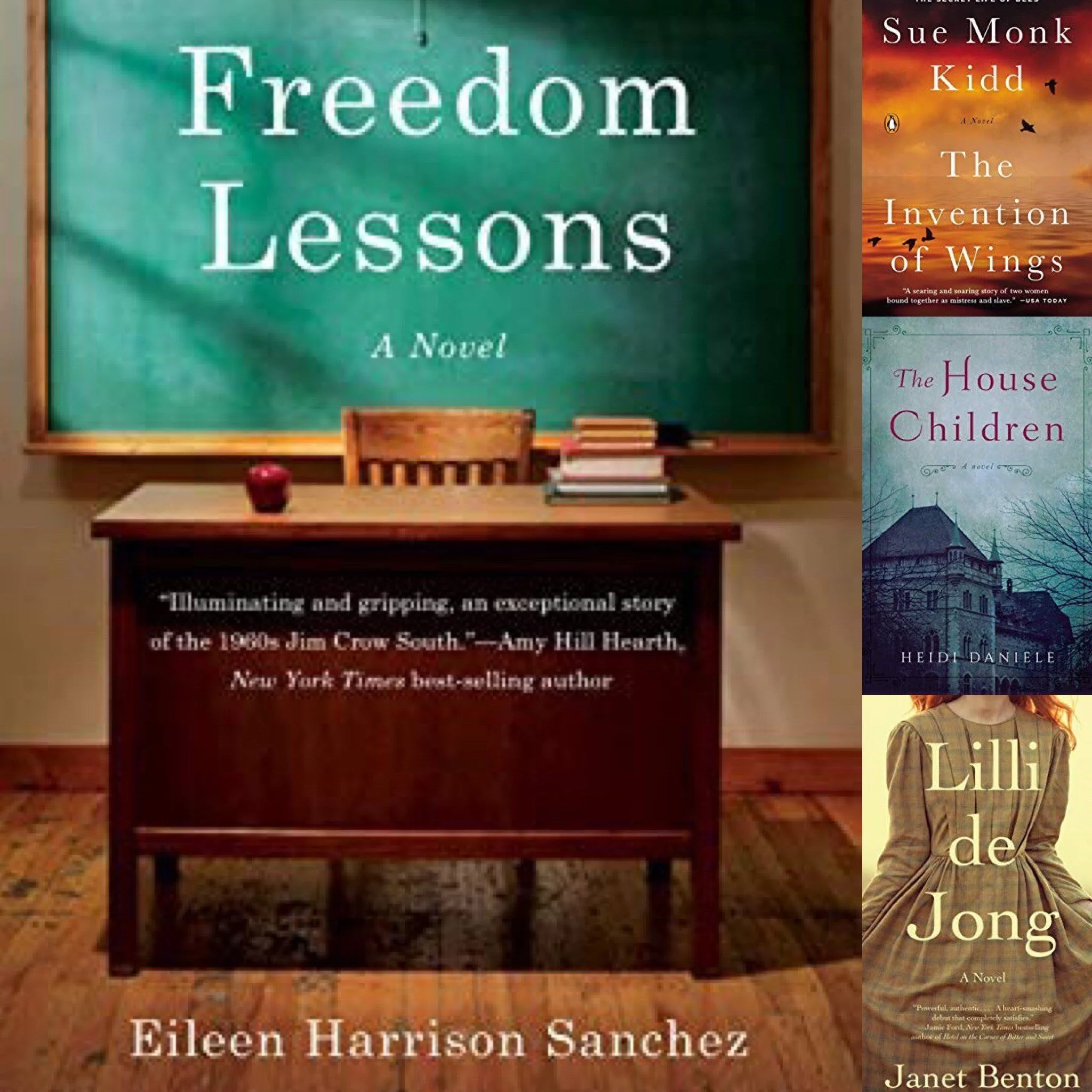A Library CardCharles Schutz Published April 4, 1960
In 1969 I taught a second-grade class in a segregated Black school in the deep south. In my historical fiction/memoir, “Colleen” is the fictional name I gave to the character who told my story as a white northerner teaching in the deep south. “Colleen” took her Black second graders to the library causing raised eyebrows and fear among her students’ parents. I was not aware of the deep roots of the ‘Jim Crow South’ policies and practices. By the late 60’s, I naively thought things were better for everyone, isn’t that what the Civil Rights movement was supposed to accomplish?
The following scene from FREEDOM LESSONS – A NOVEL is based on an experience I had at the start of that school year. “Colleen” expected to be able to use the library to supplement the limited materials she had in her classroom. Applying for her own library card and to get applications for her students was met with resistance after it was revealed that she taught in the segregated Black school.
The librarian walked into the back office. Finally, she returned with a stack of cards.
“Can you explain why you’re doing this and not the parents of your students?” She pursed her lips, as if impersonating all the librarians who’d ever shushed Colleen and her giggling friends back in the high school library.
“Where I taught in New Jersey, every student received a library card at the end of first grade. The teachers handed them out. My students are in second grade, and none of them have a card.”
“That’s not our policy. We have to have parental permission for each of these cards. And if any books are not returned, there will be a fine, or even full payment, for the book. Do you understand that?”
Colleen struggled with her rising anger but responded politely. “Of course. The children will be with me when they take out books, and I will help to return them.”
“But West Hill is across town. Are you bringing them all here on a school-day field trip? We would have to make arrangements for such a large group.”
“Only a few at a time, on Saturdays, as soon as they get their cards.”
The librarian slapped the pile of application cards on the counter. She gave Colleen an amused look. “Well, bless your heart. You are just what we need in this library. You come back to me with those permission slips.”
Colleen picked up the stack of applications and walked out of the library.
As she left the building, she felt a set of piercing eyes follow her, and a chill traveled down her spine.
To offer a full account of the time that I lived and taught in Louisiana I did an extensive amount of research. I learned that public libraries were integrated before the public schools. However, the practice of integration was not always the policy. The challenge of using libraries and obtaining library cards for Colleen’s students is an important backstory for my book. We can thank Rosa Keller for her efforts. She was one of the few white people at the time who fought for racial change in New Orleans. Her husband was Jewish, and she became familiar with prejudice through his eyes. In 1953, Mrs. Keller was appointed to the Library Board by Mayor Chep Morrison. Morrison urged Keller to continue in her efforts to desegregate the library. By the end of 1955, all public libraries in the city were integrated. However, schools, water fountains and bathrooms remained segregated.
At the recent memorial service for John Lewis, the audience was told the story of his attempt to obtain a library card. On November 16, 2016, Congressman Lewis told it himself during his acceptance speech for the prestigious National Book Award for his graphic memoir March: Book Three. Recounting how he grew up “very, very poor” in rural Alabama, Lewis said there were “very few books in our home”. “I had a wonderful teacher in elementary school who told me: ‘Read, my child, read’, and I tried to read everything. I love books,” said Lewis. “When I was 16 years old, some of my brothers and sisters and cousins [were] going down to the public library trying to get public library cards, and we were told the library was for whites only, not for coloreds. To come here and receive this award, this honor, is too much. Thank you.”
The travesty of his story highlighted a little-known practice limiting the rights of Black Americans. In 1953, Rosa Keller fought for integrated libraries in New Orleans. In 1956, as a16 year old, John Lewis was denied a library card. In 1969, I was challenged when asking for library card applications for my students. In December 2016 staff at the Fairfax County (VA) Library sent Congressman Lewis a new library card, welcoming him to stop by any of their branches—and encouraged other libraries to do the same. Sixty years later? Why does it have to take a prestigious book award and his story (which presumably embarrassed every librarian in the country) to shock the public?
The denial of the right to have a library card symbolizes how deep the roots of prejudice can go. Imagine denying access to such a basic right to read a book for free. Library cards have always represented endless access to books, information, freedom, independence and the right to education. Even Linus knew that the library card gave him “citizenship in the land of knowledge”.














